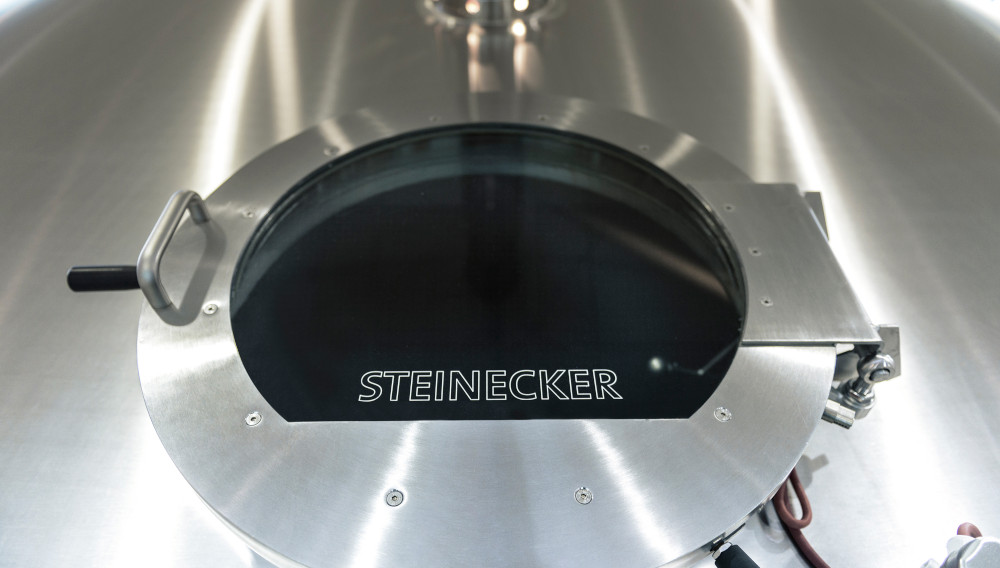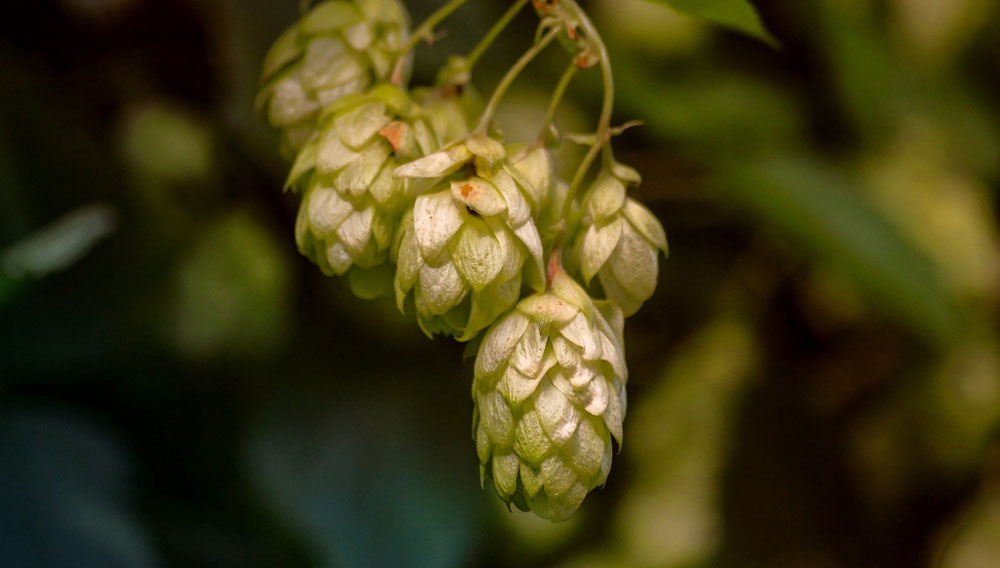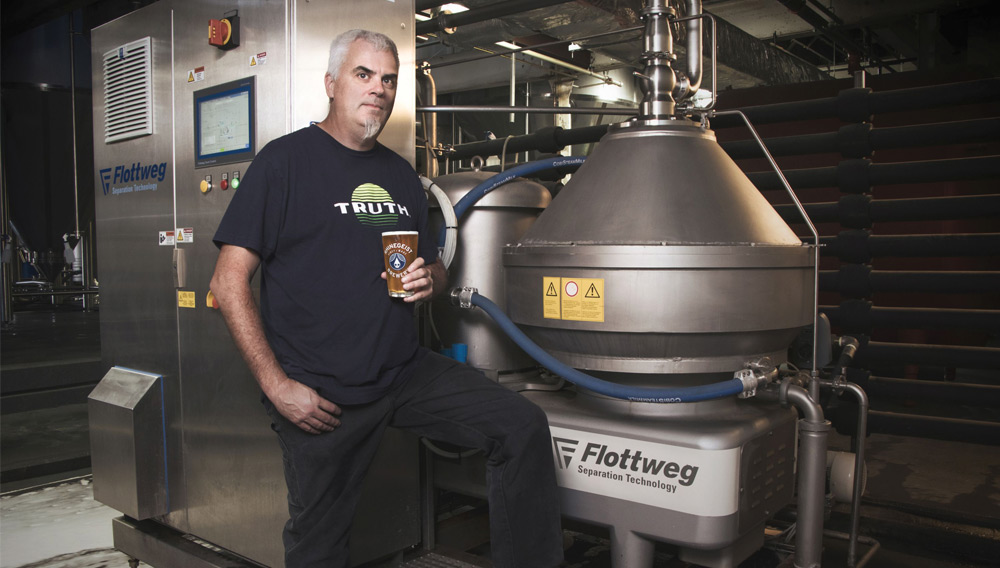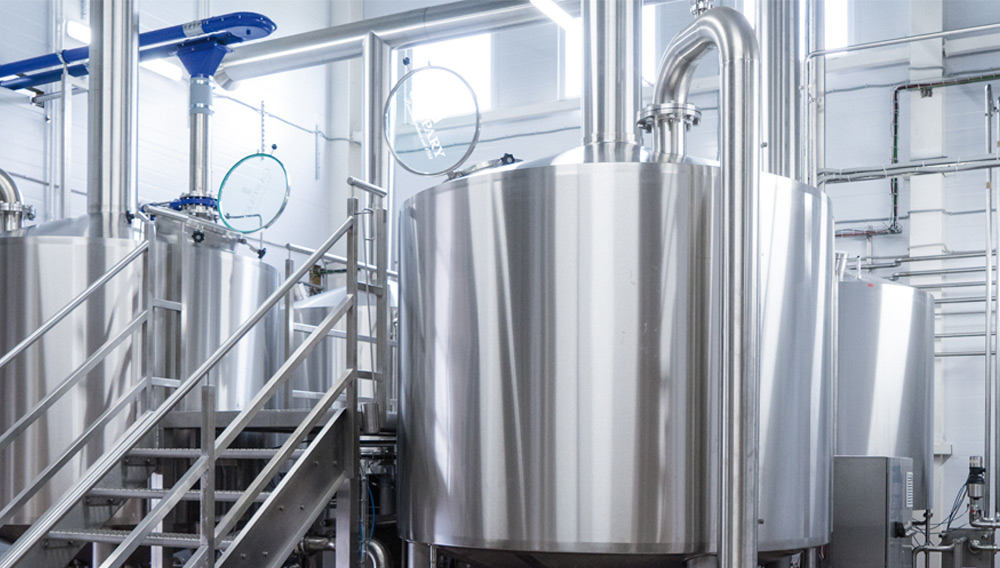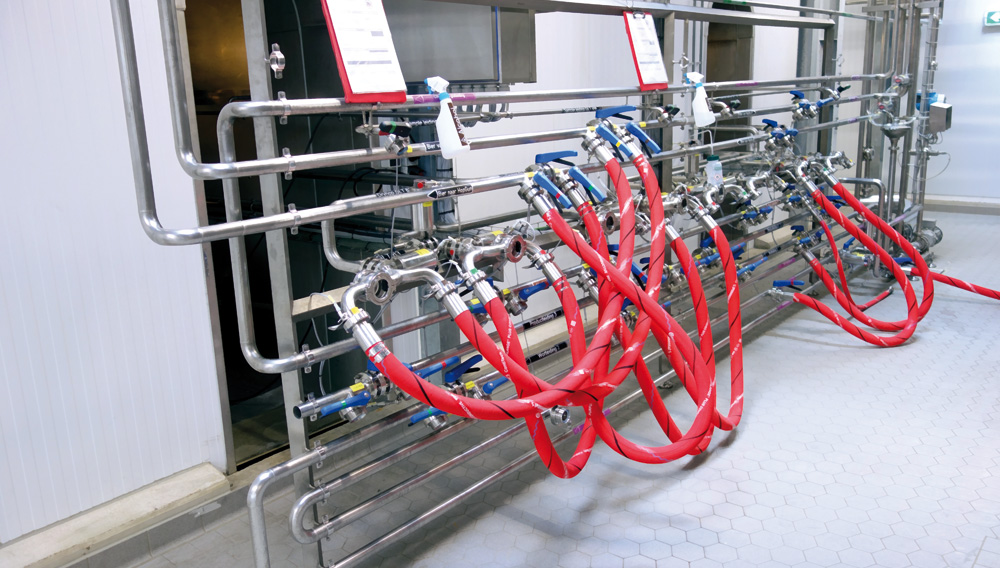
Fermentation cellar extension | Exceptional beers require extraordinary design. Retrofitting new outdoor tanks and process technology at the Jopen Brewery near Amsterdam has created new opportunities for further developments in beer production while simultaneously increasing process reliability.
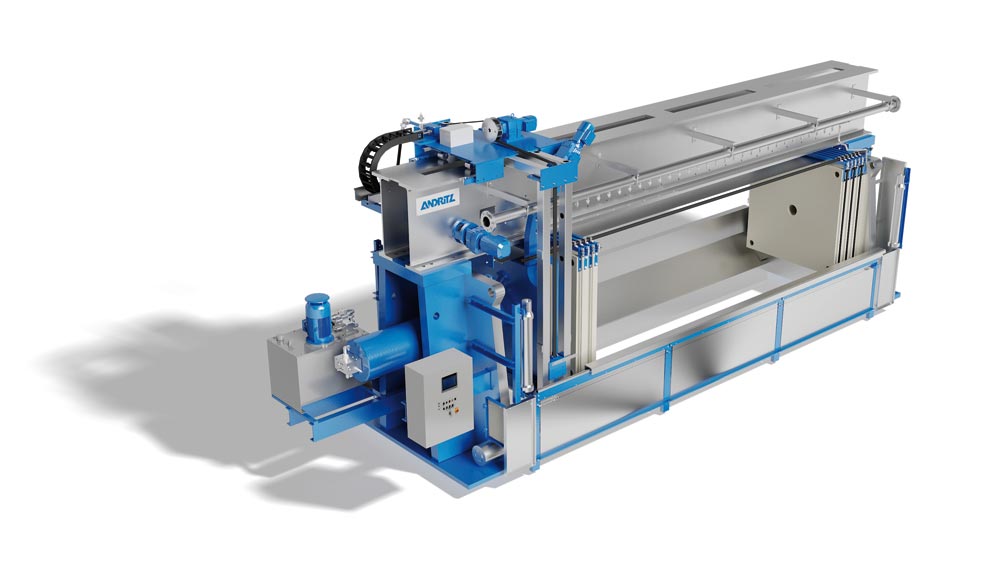
Industrial Internet of Things | The general economic and social conditions are forcing brewers to further optimize their consumption of raw materials and resources as well as their plant performance.
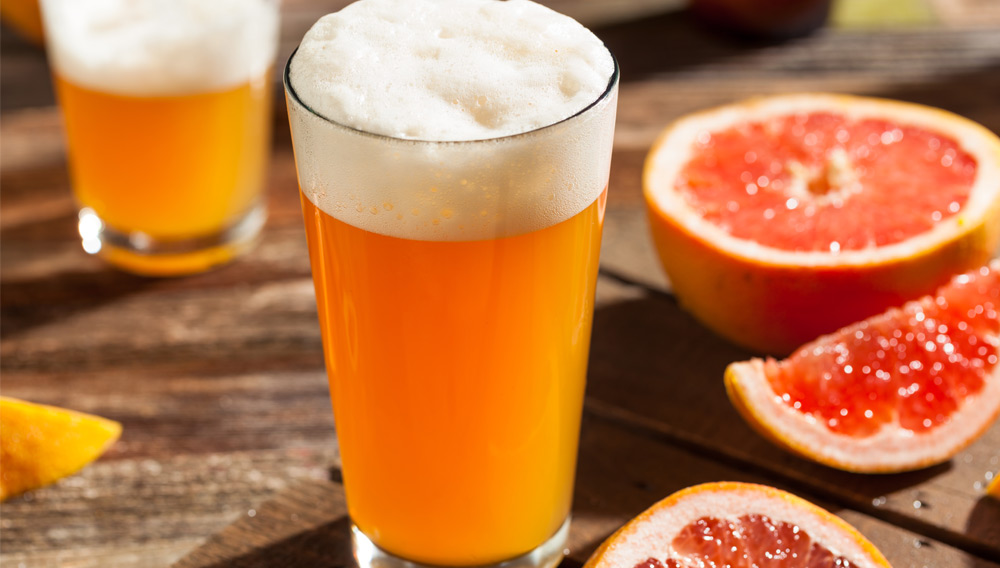
Quality over quantity | Consumer trends come and go, and in today’s climate, preferences are changing faster than ever before. The brewing industry is no exception; the global beer market has witnessed a shift in consumer demand in recent years, with people increasingly looking for quality over quantity and seeking more premium beer varieties that offer a unique experience and address evolving needs.
A new enzyme formulation | Biotransformation is a buzzword nowadays in brewing. It is defined as “the chemical modification made by the interaction of two ingredients used in brewing: yeast and hops”. Brewing yeast produce different enzymes during fermentation that can play a role in biotransformation with the release of aromatic compounds. Lallemand Brewing, Montreal, Canada, in addition to the characterization of its yeast portfolio with regards these specific enzymatic activities, just released ABV Aromazyme, an enzyme preparation with a strong β-glucosidase activity.
From the very beginning, the BrauBeviale in November has been the highlight of the year for family-owned KASPAR SCHULZ; the world’s oldest brewery equipment factory.
Flottweg presents its solutions for the brewing and fruit juice industry at BrauBeviale 2020 in Nuremberg.
For more than a quarter of century CASPARY has stood for uncompromisingly high-quality brewery installations, made in Germany.
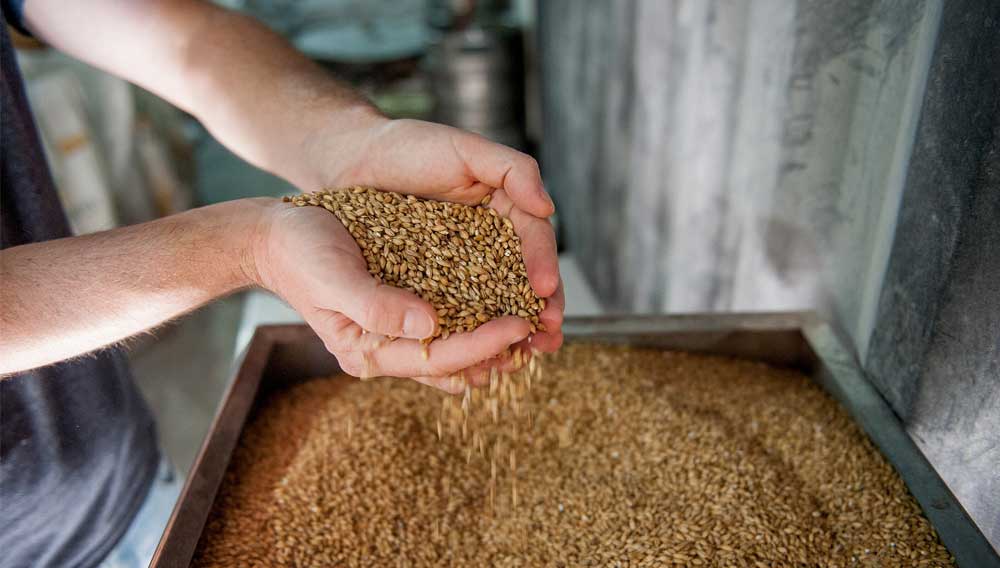
Session beers | The most overlooked flavor contribution to beer comes, perhaps surprisingly, from the largest portion of the mash, the base malt. Brewers often purchase their pale base malt in bulk and then use it for all of their beers as if the nature and character of the pale foundation grist had little effect on the taste of the final beer – at least compared to the specialty malts and the hops in the recipes. In reality, however, this is not the case.
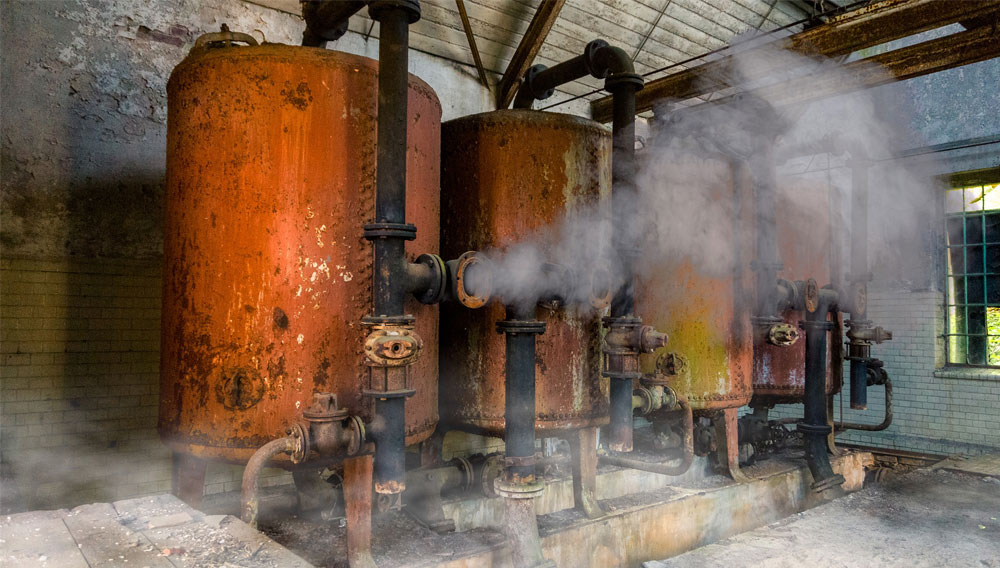
Raising energy efficiency | In every brewery plant, there are places where valuable flash steam is blown off. This can principally be recovered in a simple and effective manner. Energy efficiency of a plant is thus significantly improved. This article describes various possibilities for utilising flash steam.
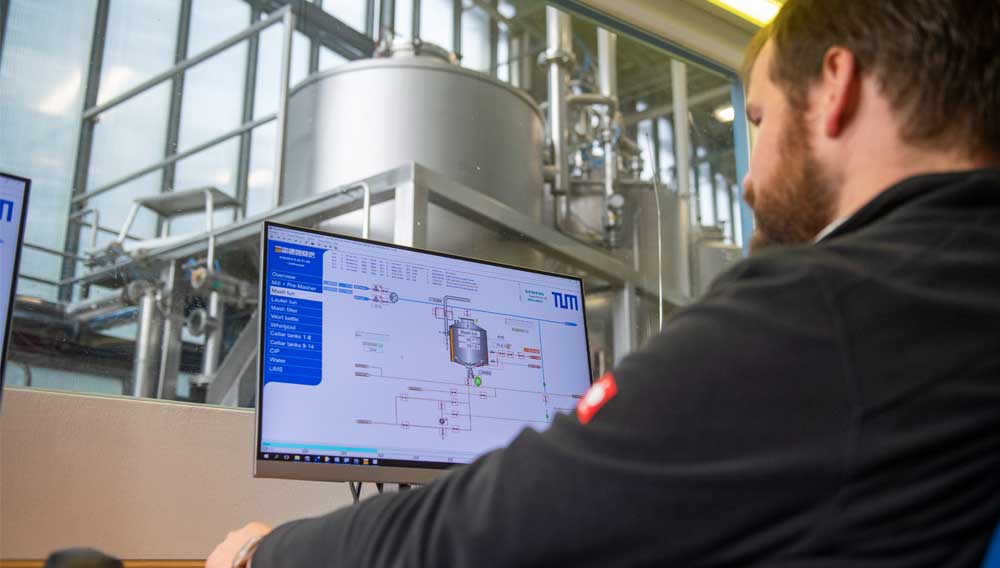
A Change in Software | Intuitive operations, greater flexibility: In the research brewery at the Technische Universität München, beer now flows automatically with the introduction of the new version of the Braumat process control system from Siemens.
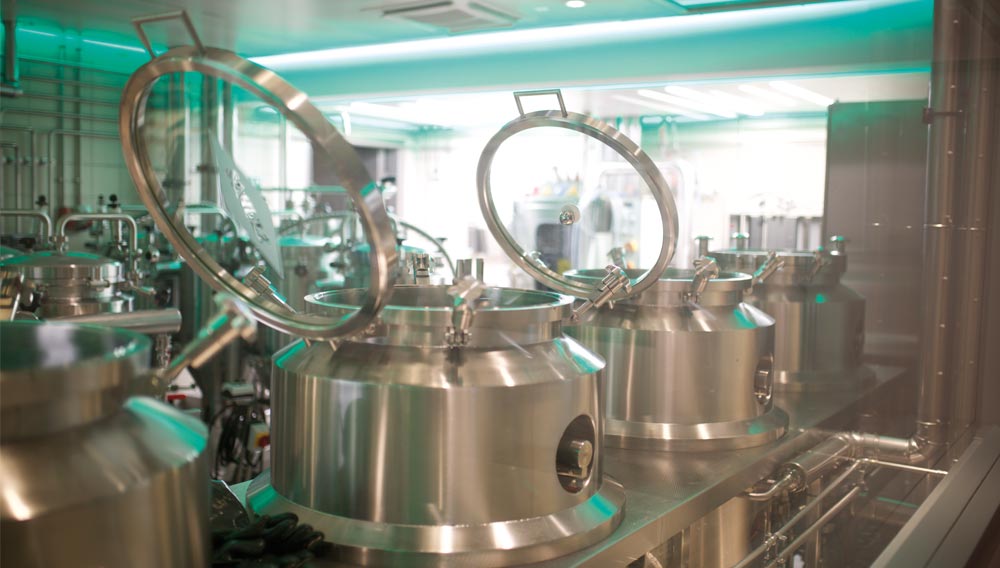
Barth-Haas Campus | The Barth-Haas Group opened its new sensory campus at the end of April. It is housed at the company headquarters in Nuremberg, Germany. Dr. Christina Schönberger is responsible for the campus including the brand-new concept brewery. She leads BRAUWELT International readers on a tour through the Barth-Haas Campus, unveiling what it has to offer.

